How do you win in the marketplace?
Here are 8 steps that lead to a top performing marketing strategy.
Positioning: Determine who your competitors are and how they are working to convince consumers (B2C) or clients (B2B) to choose their products or services. Assess how you may be able to outperform them or target a market that they are not reaching.
Review competitive websites, social sites, search ads and all other forms of advertising and write down their claims and messaging. What do they claim to be or serve? How do they support those claims? Also, examine the visual cues being used and note how each competitor tries to grab the attention of their target market. For example, who do they portray their consumers or clients to be? Do the images portray product benefits (physiological or tangible benefits) or do they portray a person or persons who consumers or clients aspire to be like (psychological or aspirational benefits), or do they share an environment that most people would like to experience (situational focus)? Check out Meta Ad Library for social ads. Ahrefs and Semrush are good tools for examining search ad text. Separately, review Instagram posts and hashtags to further evaluate communities of consumers or potential clients targeted by your competition.
Customer Satisfaction: Review comments being made on your competitors’ social sites. Check out online Google reviews and evaluate how consumers or clients feel about their services. How happy is their target audience? What do they like or dislike? What is important to them? Check out the level of website traffic to competitors’ websites. What level of organic traffic is being achieved each month and is it growing or not? Semrush, Ahrefs, and Google Analytics are all good tools for evaluating website traffic.
Products & Claims: Examine the products or services being offered and the claims being made for each. Assess if claims being made match what is being sold and how consumers or clients are responding via social media sites and online reviews.
Pricing: Through websites, competitive search ads, landing pages, and personal inquisitions, note the prices being offered for similar or same competitive products. Given your products or services and the costs to make them available for purchase, determine if you can compete at the price points being offered by competition. Or, can you outperform them at lower or higher price points?
Availability: Understand the method of distribution used by your competition. Are they selling products or services primarily through their websites, Amazon, email newsletters, Yelp or other online platforms? Or are their products also or solely sold through big box stores, retail shops, or their own brick-and-mortar locations? Are there distribution channels where they are strong or weak? Are they missing a distribution channel where you could effectively compete? Can you successfully access their same channels?
Advertising: Check out all forms of advertisements (traditional media, digital marketing). Where are competitors advertising and how often? What are the similarities in their approach? If proven to be effective, what would your costs be to match their level of advertising? Are there opportunities for you to advertise more efficiently and effectively? As mentioned above, Meta Ad Library will provide information on social ads. Auction Insights via Google Ads, Ahrefs and Semrush are good tools for examining competitive keywords and search ads.
Promotions: Determine if your competition tends to promote different services or products throughout the year. Understand what is promoted when and how. For example, every spring season, 15% to 20% price discounts are offered on mulch or pine straw as homeowners begin thinking about home gardens and landscape. What, if anything, is unique about your market?
Pew Research and Census Bureau data are free and can provide valuable psychographic and demographic insights. Ubersuggest is a free tool that provides valuable insights around top performing keywords for competition. Tools such as SurveyMonkey and Typeform offer the opportunity to inexpensively conduct your own research and address questions that remain unanswered. Also, surveys of existing or potential customers will provide greater insights. For all of your research, fill in the blanks by formulating questions around who is purchasing, what are they buying, where and how do they shop or purchase, when do they shop or purchase, and why do they choose different products and services.
A product is something that the customer buys and then owns. It is tangible. A service is something you can’t touch. It is intangible. Most brands are not one or the other; they are a mix of both. For example, a white-table cloth restaurant may have the freshest, most tasteful foods (tangible) along with extraordinary service and a reputation for its award-winning chef (intangibles). For most people, Duracell and Eveready batteries have similar product benefits. But Eveready is also known as being for every family, everywhere, every day. While Duracell claims it is the number one most trusted brand and the one with the copper top.
Identify what the tangible and intangible benefits are for your brand.
Customers are more rational and fearful of buying expensive products or services. Therefore, you have to spend more marketing dollars and efforts convincing them. Recognize that the customer journey from awareness to action is longer the more expensive the product is.
For almost all products or services, unit sales are generally higher given lower pricing or lower value in the minds of the consumer or client. For example, the level of thought and concern for purchasing a loaf of bread is much less than when purchasing a new automobile for the family. Marketing for a brand of bread is much broader, mass market oriented, and product focused.
When planning a family vacation to an island in the Caribbean, the level of discernment and planning for this infrequent (low volume), special, and costly event (high value) is much higher. Marketing for this type of service is very customized and focused on the intangible benefits of the organization performing a service.
Based on knowledge of your industry and research that has been completed, define your customers across demographic, psychographic, and situational attributes. For example:
- Demographics include among others: age, race, gender, marital status, income, and education.
- Psychographics involve the attitudes and beliefs of your potential customers.
- Situational aspects often relate more to age and lifestyles. For example, people older than 65 who are empty nesters and love to travel.
Look at all of this together and describe what their desires or pain points are and how your product or service matches their needs. What are the patterns among your customers and how do you orient your marketing to meet their hopes, fears, needs, and wants?
Then write your market position statement and define what is unique and compelling about your product or service versus competition – this can be related to product, price, value, distribution, advertising, and promotion – and what would cause customers to choose your product or service over competition – tangible and intangible, reality and the perceptual elements. An example would be Domino’s Pizza. One of its unique selling propositions was “You get fresh, hot pizza delivered to your door in 30 minutes or less—or it’s free.”
- State What Your Business Value Proposition (BVP) Is – Understanding your unique selling propostion, the BVP should state what products or services you offer. Who wants them, will want them, or should want them? Why should your target customers choose your products or service over your competition?
- Product or Service – Summarize what you sell and how it meets the needs and desires of your target customers – what you sell and what they want.
- Distribution Channel or Place – Describe how you will make your product or service available to potential customers. Imagine how and where your product or service will be sold, along with the ambiance or experience offered to customers.
- Price – What will the price be for your product or service, given the brand’s positioning. In some cases, a low price is important to compete for similar, low value, and high-volume products or services. For other brands, a higher price is essential to reinforce a premium brand positioning. Pricing must be consistent with the brand positioning.
- Promotion – What will be used for promotion to build awareness and incent your target market to purchase your product or service? This could include, among other tactics, public relations, sales promotion, and personal selling.
- Advertising – To further grow customer sales, evaluate if and how you would use traditional media (TV, radio, print, newspaper, etc.) and/or paid digital marketing initiatives (paid social media or search ads, email marketing, reputation management, etc.).
One more note:
- Website – A website designed to engage visitors and convert them to customers is essential for your business to be successful. With all of the work and research completed, you should be prepared to engage with professionals trained to help you develop or update your site.


